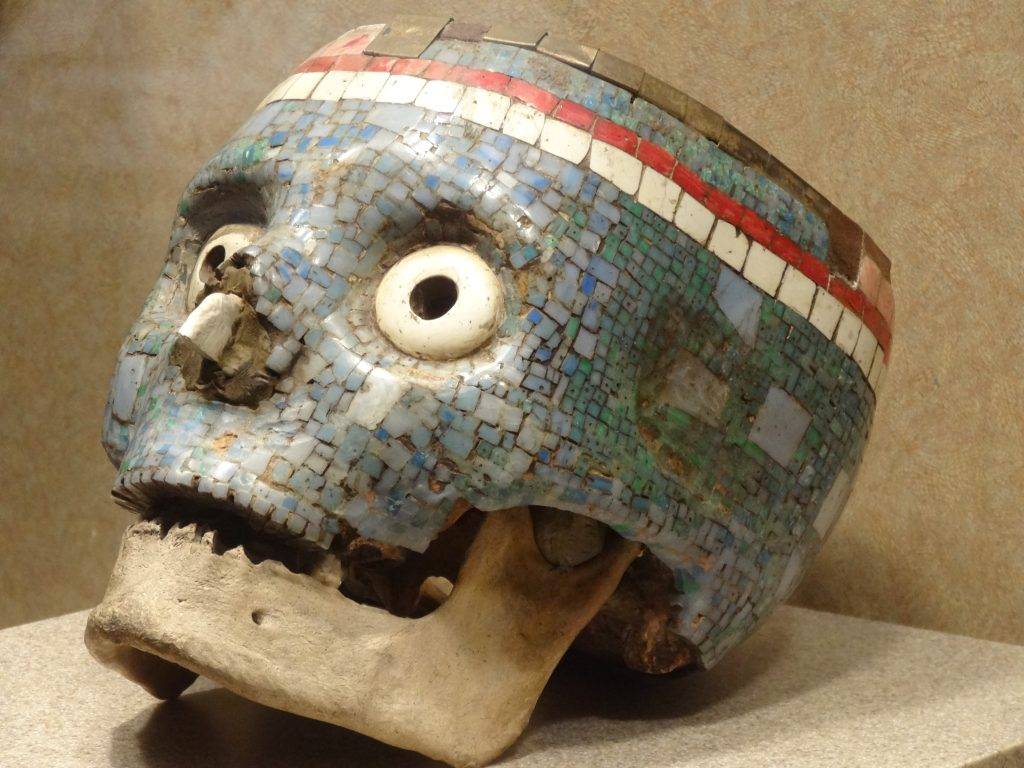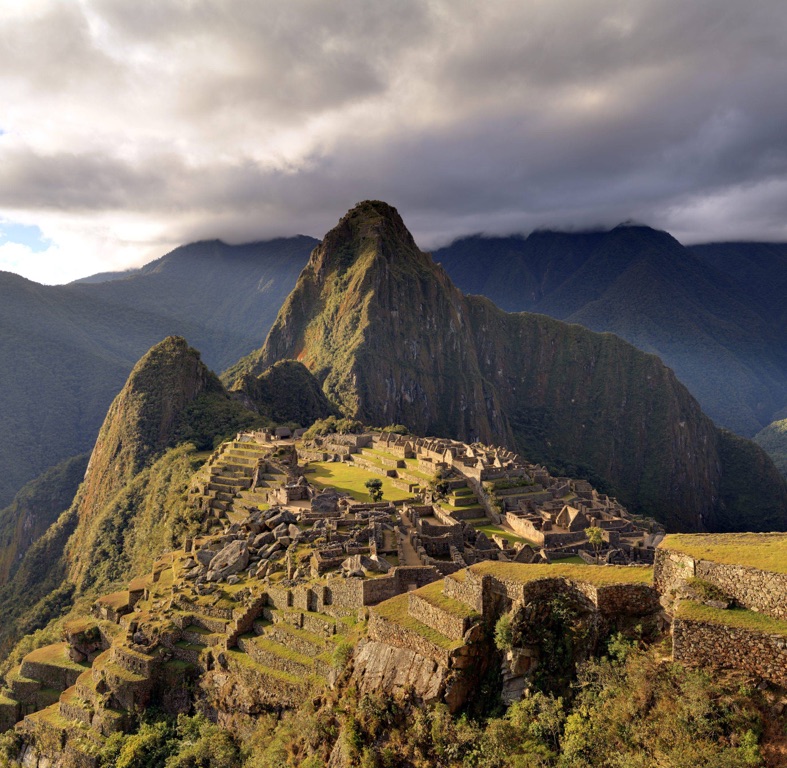Social Structure and Governance
One of the primary differences between Aztec and Inca societies lies in their social structure and governance. The Aztec society was highly stratified, with a noble class, a class of commoners, and slaves. The emperor, who was considered semi-divine, wielded absolute power. In contrast, the Inca society was more collectivist, with the state controlling much of the land and resources. The Inca emperor, also seen as a god, ruled over a centralized government with a complex bureaucracy.
Get your dose of History via Email
Economy and Agriculture
Economically, both empires were agricultural, but their methods and crops differed. The Aztecs relied on chinampas (floating gardens) for crop cultivation, primarily growing maize, beans, squash, and chili peppers. The Incas, on the other hand, developed terrace farming in the Andes and cultivated a wider variety of crops, including potatoes, quinoa, and maize. The Inca economy was also more centrally controlled, with a system of state-run storehouses to redistribute goods.

Religion and Cosmology
Religiously, both societies were polytheistic, but their deities and rituals were distinct. The Aztecs are known for their human sacrifices to appease their gods, particularly the sun god Huitzilopochtli. The Incas also practiced human sacrifice, but on a much smaller scale, primarily using it as an offering to the sun god Inti. The Inca cosmology was deeply integrated into their understanding of agriculture and the natural world, influencing their architectural and planning decisions.
Language and Writing
A significant difference between the two societies was in language and writing. The Aztecs used a pictographic writing system, while the Incas had no known writing system. Instead, the Incas used quipus, a system of knotted strings, for record-keeping and communication, which remains not fully deciphered. The Aztec language, Nahuatl, is still spoken today, whereas the Inca language, Quechua, has become one of the official languages of Peru.

